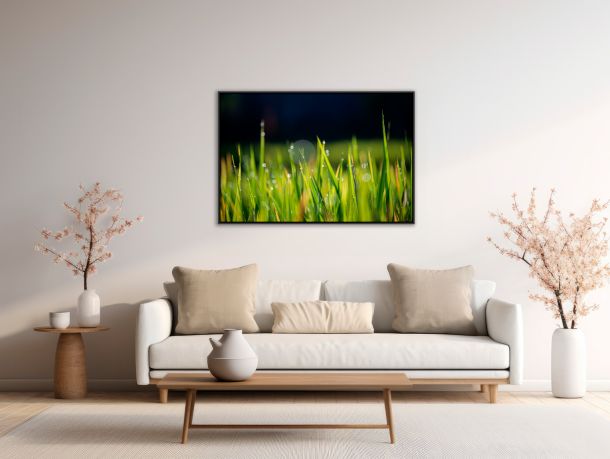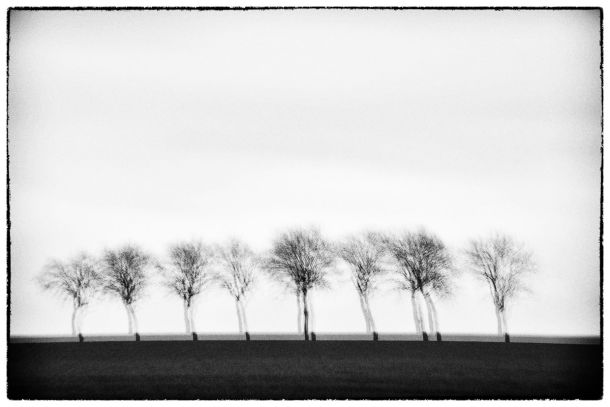Smartphone and Professional Photography: Everyday Tool or Professional Instrument?

Shinjuku – Kabukicho District — Photo: © Yves Langlois
The smartphone has revolutionized our relationship with photography, making the act of capturing a moment accessible to everyone. Yet, between an image quickly posted to a story and a fine art photograph delivered to a client or exhibited, the difference is profound. What truly separates casual image-making from a professional photographic practice? How can we recognize an author’s intention in an image? This article explores the essential distinctions between mobile spontaneity and professional rigor.
Contents
- What the Smartphone Does Exceptionally Well
- What Differentiates Professional Cameras and Professional Workflow
- A Profession, Therefore a Learning Process
- When a Professional Chooses to Use a Smartphone
- The True Core of the Work: Intention and Method
- Conclusion: A Powerful Tool, but the Professional Camera Remains the Professional Tool
What the Smartphone Does Exceptionally Well
The smartphone is unmatched for spontaneity, lightness, and connectivity. It is always with you, ready to capture the moment and share instantly. Computational photography assists focus, dynamic range, and noise reduction. It is perfectly suitable for social media visuals, scouting, visual notes, behind‑the‑scenes content, and micro‑narratives.
However, these strengths do not automatically transform an image into professional photography. Convenience does not replace methodology, controlled light, or authorial intent.
What Differentiates Professional Cameras and Professional Workflow
A professional photographer does not simply produce image files — they deliver reliable, consistent, intentional photographs aligned with a brief or artistic direction.
Sensors and lenses. Larger sensors, greater dynamic range, clean high ISO handling, and depth‑of‑field mastery without software simulation. Interchangeable lenses ensure optical character, fine micro‑contrast, and controlled aberrations.
Light control. Studio strobes, LED lights, modifiers, reliable sync, and chosen lighting direction instead of imposed lighting circumstances. RAW files provide exposure latitude for precise grading.
Color accuracy and consistency. Custom white balance, color profiles, calibrated monitors, stable processing and print workflows.
Reliability and ergonomics. Robust bodies, dual card slots, advanced autofocus, endurance, responsiveness, tethering capability, and secure backup practices.
Professional post‑production. Rigorous curation, non‑destructive development, calibrated exports, and print‑ready or publication‑ready deliverables.
These elements directly influence visual quality, consistency, print fidelity, and the ability to meet professional expectations.
A Profession, Therefore a Learning Process
Being a photographer means mastering visual language — reading light, composing, directing, sequencing images into coherent series, and understanding ethics and legal frameworks. Technique is the grammar of vision. Artistic sensibility comes from references, history, and practice. Experience builds reliability, communication, anticipation, and adaptation.
This expertise is acquired through specialized schools, art academies, internships, or years of demanding self‑directed practice. A professional photograph is one delivered consistently, on time, aligned with artistic or commercial intent.
When a Professional Chooses to Use a Smartphone
Scouting angles, taking visual notes. Capturing behind‑the‑scenes content without interrupting the scene. Creative or editorial constraint requiring discretion or mobility. Emergency fallback when gear access is limited.
The smartphone is then a tool — but not the main tool. Professional rigor remains unchanged: intention, preparation, editing, and consistency.
Case Study: Éléonore Mehl
Studio photographer and founder of Studio Tamos, Éléonore Mehl masters lighting and high‑end production workflows. In certain projects, she uses a smartphone for aesthetic or narrative purposes, but always within a professional framework — intentional capture, controlled light whenever possible, and thoughtful editing ensuring coherence.
Case Study: Yves Langlois
Travel photographer Yves Langlois alternates between professional cameras and smartphone imagery depending on terrain, mobility, and constraints. The final work results from artistic direction: layering, compositing, atmospheric treatment. The artistic process — not the device — defines the photograph.
The True Core of the Work: Intention and Method
What truly creates a photograph is the project and the method: defining the subject, message, and emotion; choosing and shaping light; composing and directing; sequencing images; preparing and presenting the final work. This is what transforms a captured moment into a completed photograph.
Conclusion: A Powerful Tool, but the Professional Camera Remains the Professional Tool
The smartphone is a powerful visual notebook. A professional may use it when appropriate. But the working instrument of a photographer remains the professional camera, with its lenses, lighting, color workflow, and reliability.
Photography is a profession. It requires technical mastery and a cultivated artistic eye capable of evoking emotion through composition, light, rhythm, and narrative. This is what gives photography its meaning and its ability to move us.



